- Home
- Places to go
- Towns
- 12 Must-visit historic towns in Scotland
12 Must-visit historic towns in Scotland
We are asked time and again for our ultimate list of the most beautiful and historic towns in Scotland. It's difficult to narrow it down when you consider that Scotland has so many towns renowned for their history, as well as plenty of lesser-known hidden gems. It's a tough choice to make, but here is a helpful list of some of the country's finest historic towns.
- 1
Dunkeld Perthshire
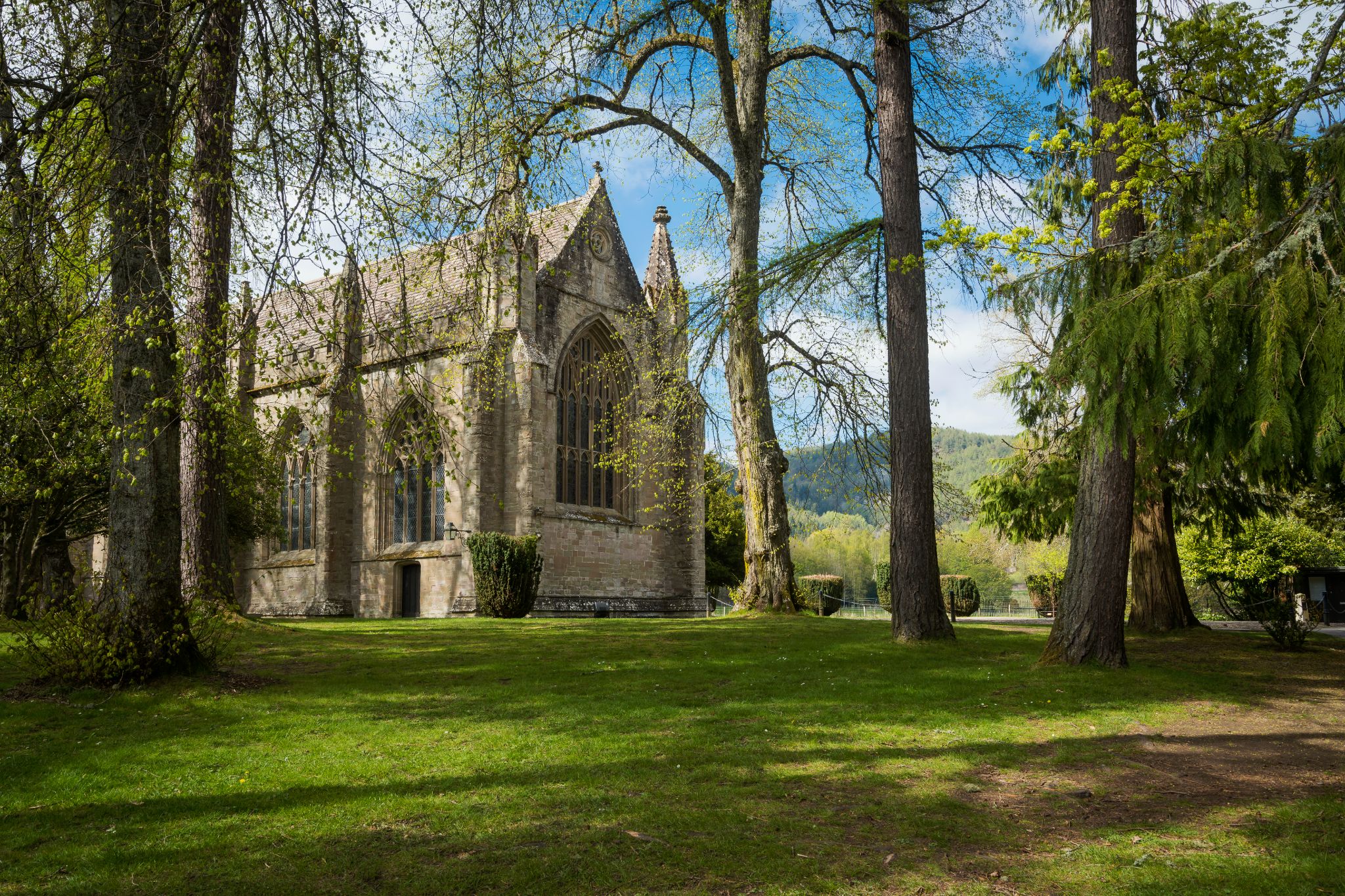
Dunkeld Cathedral
© VisitScotland / Kenny Lam
Officially classified as a town, this Perthshire gem set on the banks of the flowing River Tay retains a distinctly "village" atmosphere. Boasting a cathedral and the remnants of the ancient wood depicted in Shakespeare's Macbeth; artists, writers and even royalty have long been drawn to the town's rich heritage, natural beauty, salmon fishing, and Shakespearian connections.
Admire the beautifully restored houses on a walk down Cathedral Street and around The Mercat Cross, then walk over Dunkeld Bridge to the Birnam Oak, or what about a local history and ghost tour?
- 2
Arbroath Angus
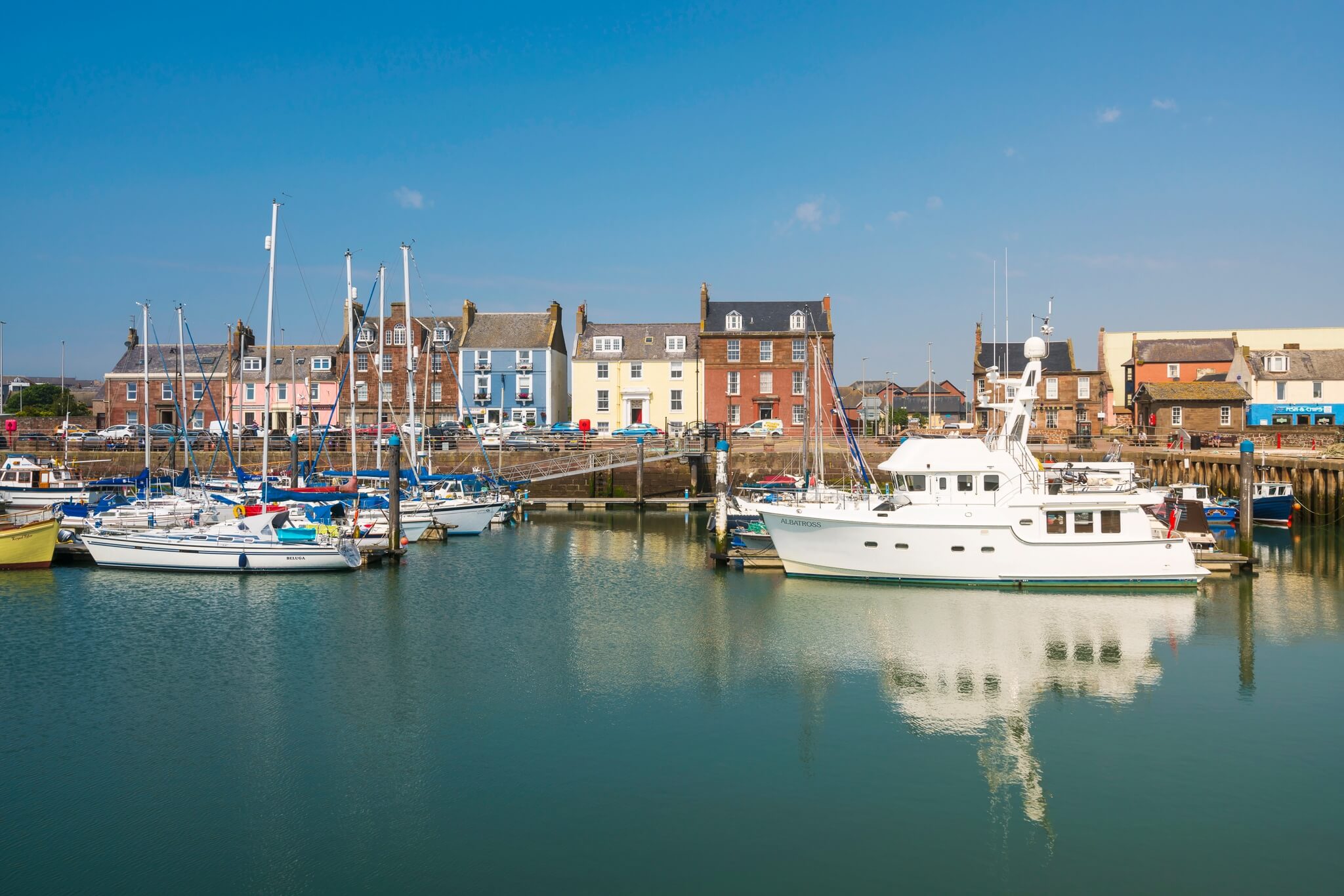
Arbroath Harbour
The Declaration of Arbroath is an important document in Scottish history which declared Scotland's status as an independent sovereign state. Its name is derived from the abbey where it was written in 1320. The red sandstone ruins of Arbroath Abbey, with its distinctive "Round O" window, is the town's main attraction, but there is plenty more to see.
Wander the pretty harbour, explore inside the Georgian Signal Tower Museum, and try an Arbroath smokie - a delicious smoked haddock and a local delicacy.
- 3
Pittenweem Fife
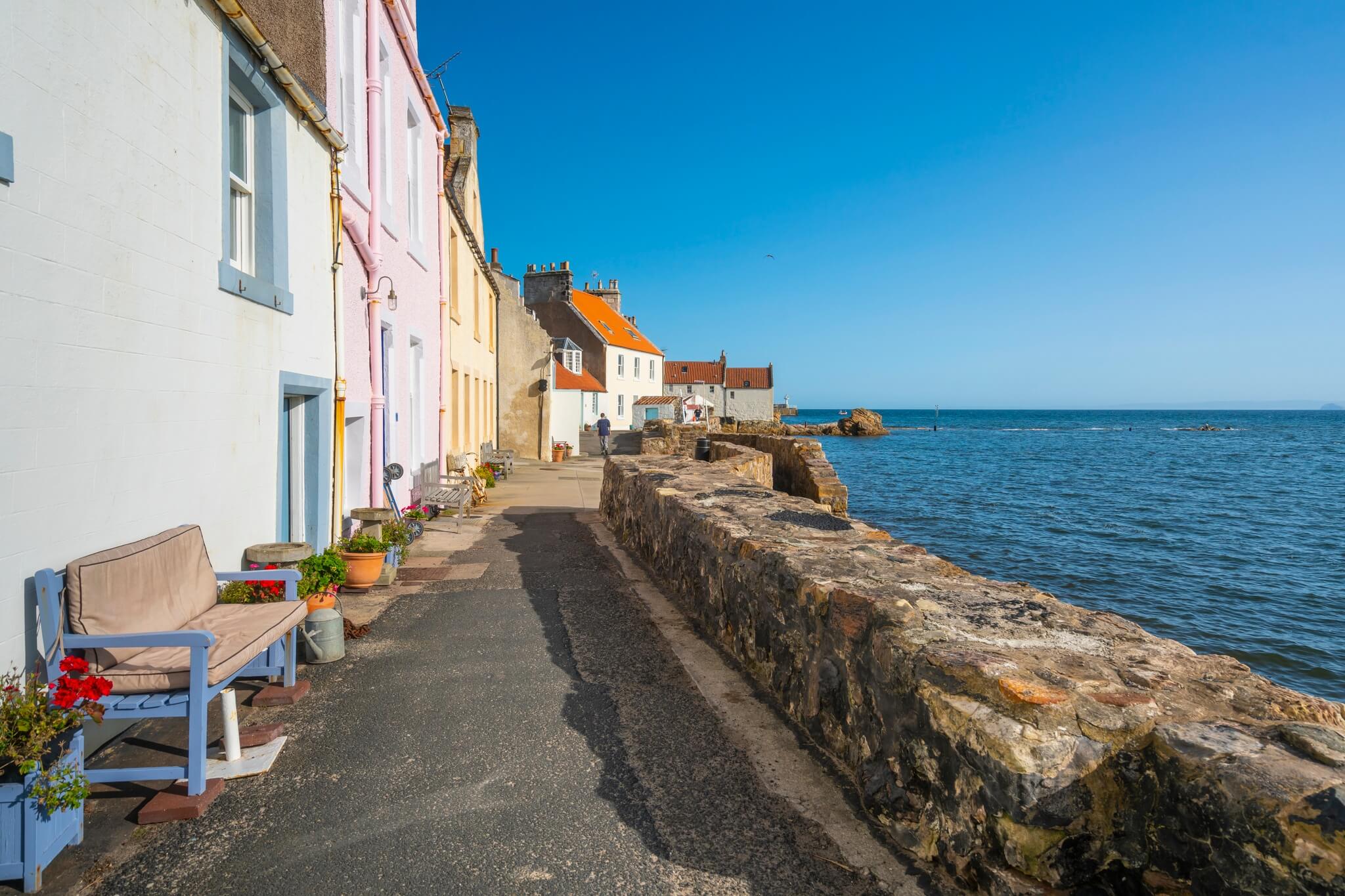
Cottages at Pittenweem
© VisitScotland / Kenny Lam
The delightful fishing town of Pittenweem must be one of the most unspoiled spots in Scotland. Located on the east coast in the East Neuk of Fife, its name is said to be derived from the ancient language of the Picts and means "Place of the Caves". Over the centuries it became an important trading port for ships carrying cargo from the Low Countries, and in 1541 James V granted the town the status of royal burgh in recognition of this.
Admire the pretty buildings where you can still find traces of European influence, with plenty of red and white architectural details and charming crow-stepped gables reminiscent of Holland and Belgium.
- 4
Fort Augustus Highlands
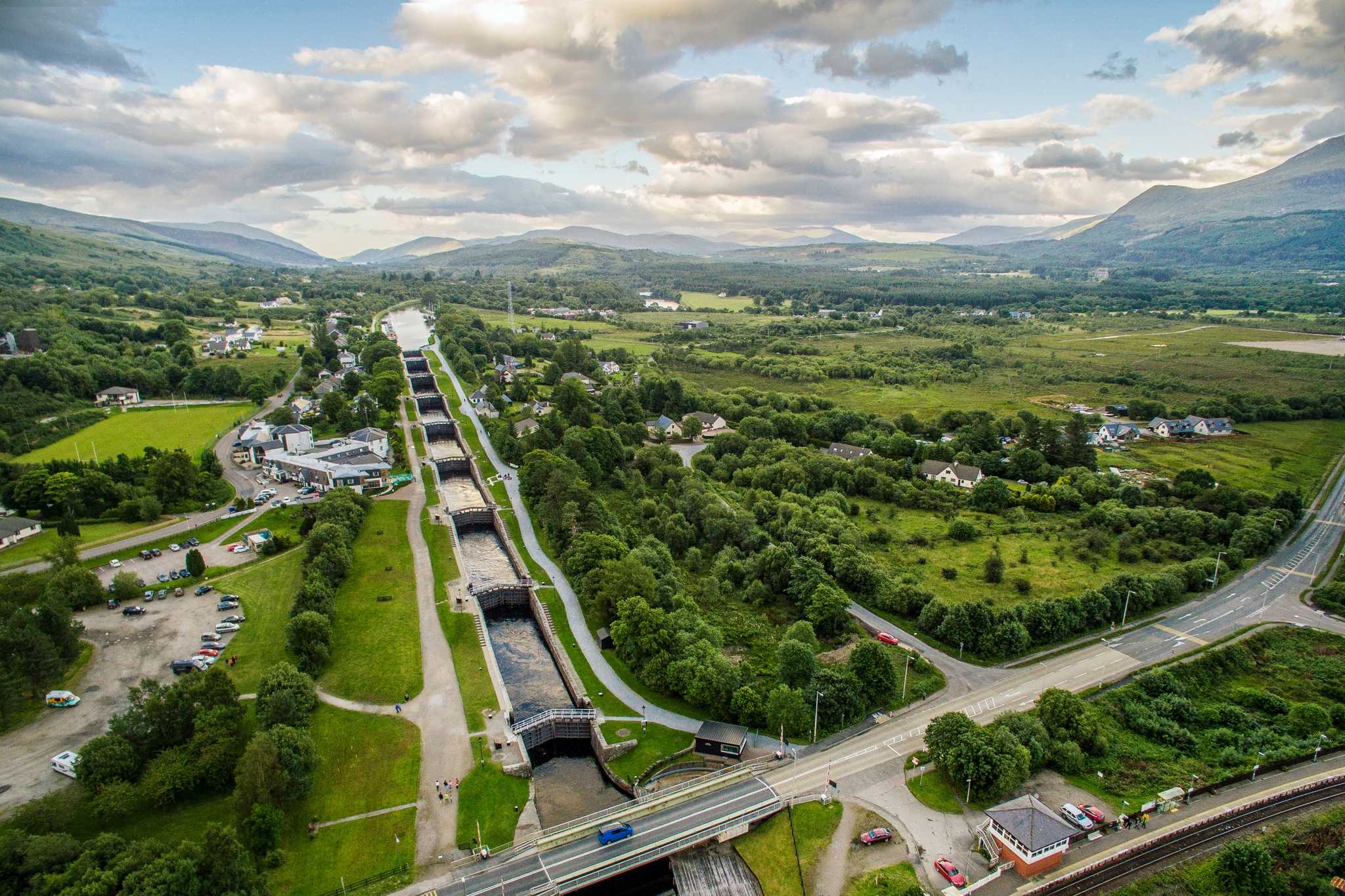
The Caledonian Canal
© VisitScotland / Airborne Lens
Fort Augustus has both history and scenery making it a popular stop for visitors to the Loch Ness area. A trip to nearby Urquhart Castle is a must, and walkers and cyclists should check out the Great Glen Way which runs through the town. History enthusiasts will enjoy a trip to the Caledonian Canal Centre in the town, where you can find out more about this ambitious 19th century engineering project.
The canal was built to provide safe passage for ships, avoiding the more dangerous route around the north of Scotland. Its construction also provided vital employment after the Highland Clearances. Travel to Fort Augustus to find out more about this lesser-known slice of Scottish history.
- 5
Wigtown Dumfries & Galloway

The Bookshop in Wigtown
Wigtown is Scotland’s National Book Town and has a variety of independent bookshops and an annual book festival. The Wigtown Book Festival is one of the UK’s best-loved literary events with a ten-day festival in addition to a year-round programme of events in the area.
Near Wigtown is the Martyrs' Stake which marks the spot where two women covenanters were sadly drowned in May 1685. A marked walk through the town will take you there via the County Buildings, which used to be the local courtroom and now houses the town library and the remains of an 18th century prison cell. The walk has views over Wigtown Bay and the Galloway Hills.
- 6
Inveraray Argyll and Bute
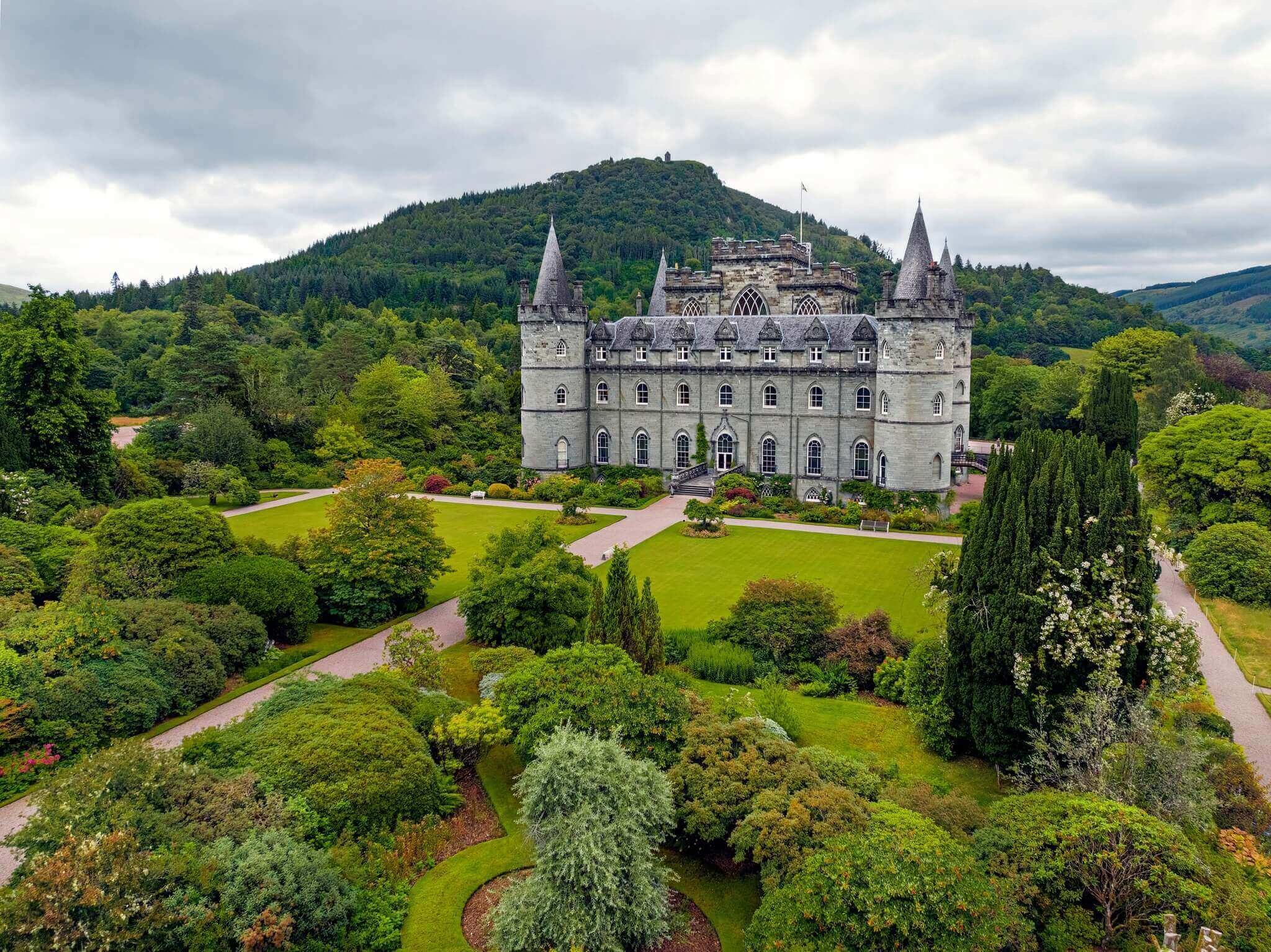
Inveraray Castle
© VisitScotland / Stuart Brunton
Set on the shores of Loch Fyne, Inveraray is what is known as a "planned" town which was designed and built by the Duke of Argyll in the 18th century. Consequently, Inveraray possesses a grandeur that makes it unique among Scotland's small historic towns. The town's Front Street and harbourside are remarkably pretty while the Georgian Inveraray Jail is now an intriguing museum.
Other notable landmarks include All Saints Church, the 38 metre-high Duke's Tower which you can climb to the top of, and the Inveraray Cross at the harbourside, an ornately carved stone pillar dating from the 12th or 13th century.
- 7
Dunvegan Skye
Dunvegan Castle
The small town of Dunvegan on the west coast of the Isle of Skye is best known for Dunvegan Castle. The castle sprawls on top of a rocky outcrop, sandwiched between the sea and several acres of beautifully maintained gardens. It has been the seat of the Clan MacLeod since the 13th century, but the present fortress dates from the 1840s.
Generations of MacLeods have lived here over the last 800 years, and the castle has endured centuries of building, demolition and rebuilding which gives it a rich architectural history. This place is well worth a visit if you are travelling to Skye, especially if you have ancestral connections to the area.
- 8
Falkland Fife

Falkland Palace and Garden
The picturesque town of Falkland in Fife is home to Falkland Palace. This royal dwelling was once the country residence of the Stewart kings and queens as they hunted deer and wild boar in the forests of Fife. Built between 1501 and 1541 by James IV and James V, the palace has some of the most exceptional architecture of its time in Britain. You will be amazed by the tapestries! The palace is also home to one of only two 16th century tennis courts in Britain.
If you are an Outlander fan, you might recognise Falkland which was used to portray Inverness in the hit TV series.
- 9
Scalloway Shetland
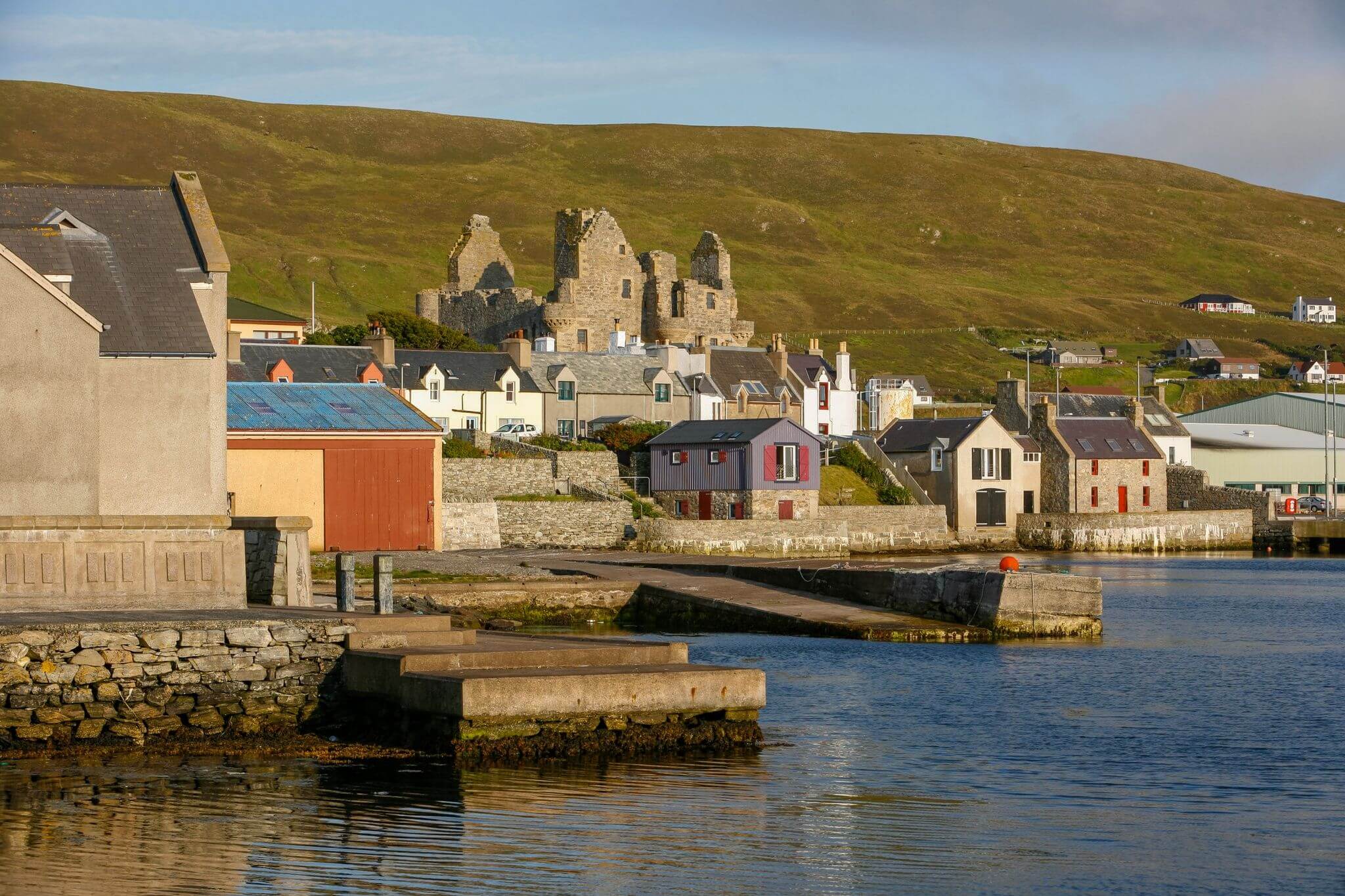
Scalloway and Scalloway Castle, Mainland, Shetland
© VisitScotland / Paul Tomkins
Scalloway was once the capital of the Shetland Islands and it has a fascinating maritime history. The town is built around a large, natural harbour so there are many connections to sea. During wartime the town was a base of operations for transporting troops and weapons to mainland Europe.
The town is home to ancient Scalloway Castle, completed in 1600, which was a residence of Earl Patrick – one of Scotland’s most notorious villains. A visit to the Shetland Islands is a chance to explore fascinating historical and natural sites like this.
- 10
Aberfeldy Perthshire
Birks of Aberfeldy
This Perthshire town is situated on Scotland's longest river, the River Tay. Surrounded by ancient woodland, Aberfeldy is home to The Birks of Aberfeldy, made famous by our national bard Robert Burns. Burns wrote a poem about The Birks in 1787 and you can follow the footpaths for two miles up to the Falls of Moness, where you will discover spectacular views.
The town is also home to Dewar’s Aberfeldy Distillery, which is open throughout the year. Why not pop in and take a tour and a dram? The heritage exhibition is well worth a visit where you can learn more about John Dewar & Sons. You can also enjoy the unique experience of Aberfeldy Watermill, a bookshop, café and gallery housed in a listed former watermill. Nearby Castle Menzies is also well worth a visit!
- 11
Rothesay Bute
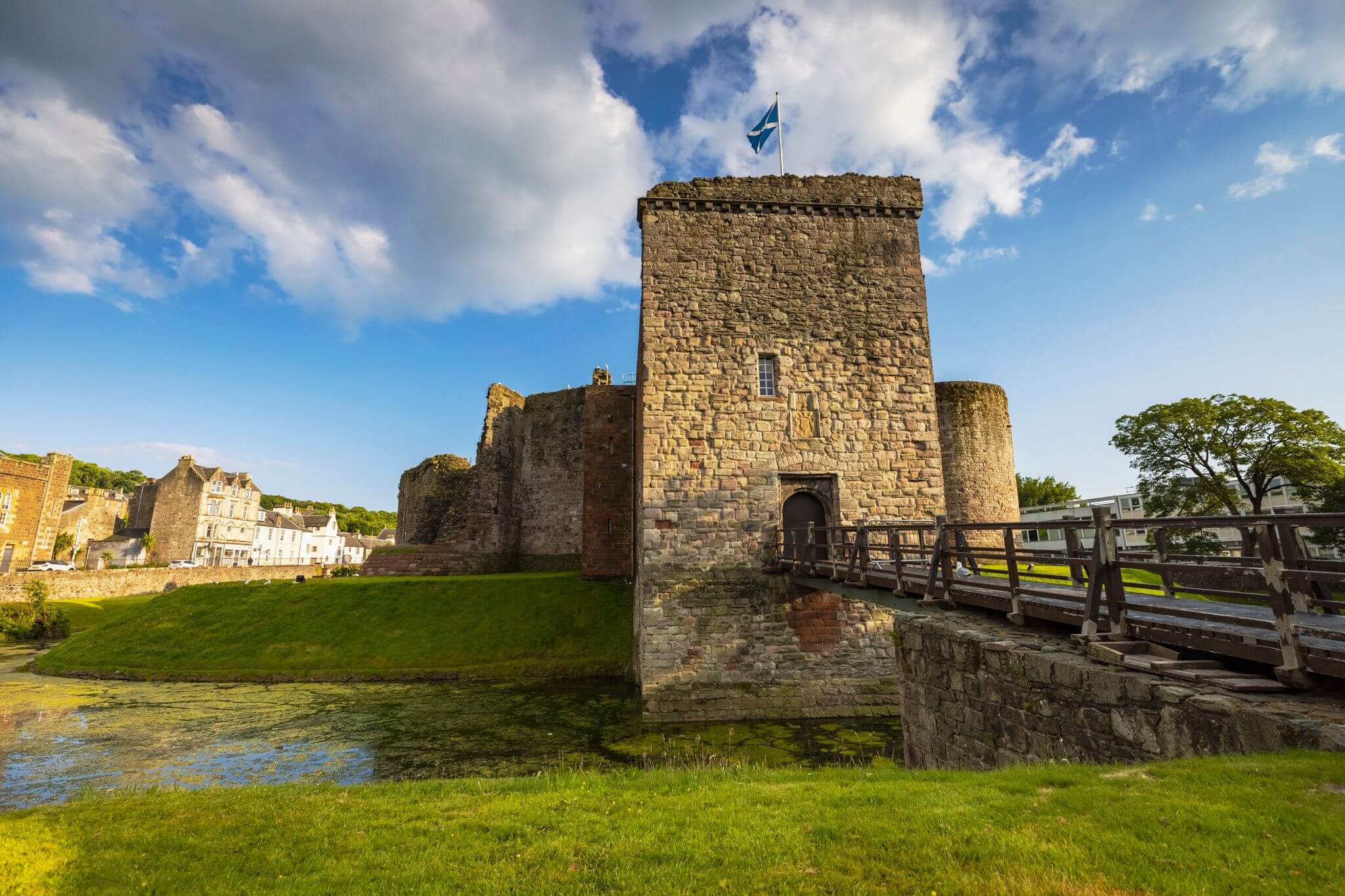
Rothesay Castle
© VisitScotland / Kenny Lam
The seaside resort of Rothesay is the main town on the Isle of Bute. The town has a traditional feel with many signs of its Victorian heritage including a splendid Victorian frontage cradling the romantic Rothesay Bay. Dominating the shoreline amongst a series of glorious esplanade gardens is the refurbished Isle of Bute Discovery Centre. This unique 1920s circular structure of cast iron and glass houses a cinema, theatre and many interactive displays as well as showcasing the best of Bute.
Visitors can also explore the impressive Rothesay Castle, its dungeons, thick outer walls and grand hall which are all now fully restored. Just behind it sits the fascinating Bute Museum.
- 12
Helmsdale Sutherland
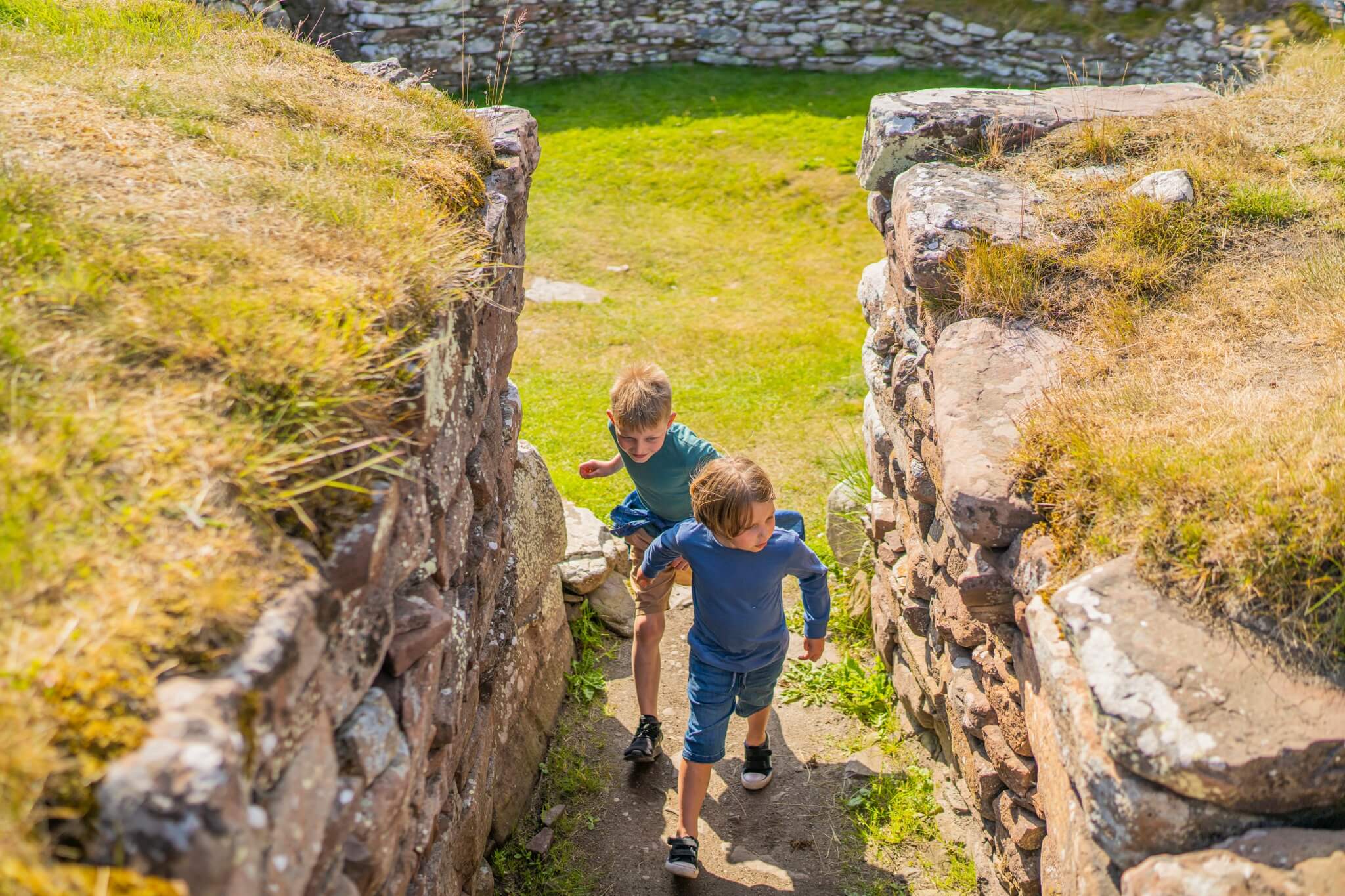
Cairn Liath broch near Brora, Highlands
© VisitScotland / Luigi Di Pasquale
Today, Helmsdale is a name synonymous with salmon fishing, but the town and its picturesque harbour originally prospered because of the herring boom of the 19th century. The Timespan Heritage Centre uses an award-winning combination of life-size displays and audio-visual exhibits to tell the story of the area from earlier times.
From Helmsdale, a short drive up the Strath of Kildonan will take you to Baille an Or and Suisgill - sites of the 'great Sutherland gold rush' of 1869. The first finds were by Robert Gilchrist, a local man who returned home after 17 years in the Australian gold fields. His success brought others rushing to Kildonan and soon there was a shanty town of hundreds of prospectors. Within a year the gold rush was over, but small amounts are still found today.
Find experiences
JavaScript needs to be enabled to see this product search form. You can turn this on in your browser settings.
Other things you might like
Historic attractions in Scotland
North Coast 500

Scotland's 8 cities
Experience & research your ancestry In Scotland

The best hiking trails in Scotland
Towns in Scotland
1 of 7
Join our newsletter clan
Get Scotland inspiration direct to your inbox. Don't miss the inside track from our Scotland experts on exciting trip ideas, unique attractions and hidden gems loved by locals.
